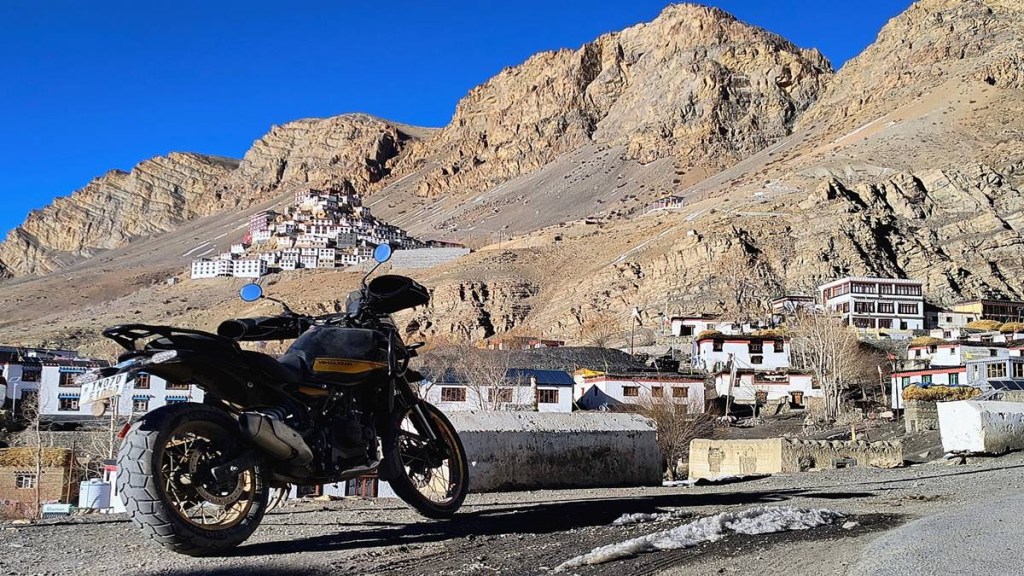Picture the Indian climate and you’re likely to think of the monsoon, heat wave, humidity, dry winds of Rajasthan or Deccan, cold weather of the Himalayas, or rainforests of the coastal region and the Northeast.
But you’re unlikely to think of frozen waterfalls or a mummy – that’s so Siberia or Egypt, isn’t it?
Welcome to India, the land of extremes – heat, cold, rain, or timeless monks.
I recently rode the new Royal Enfield Himalayan from Shimla to Kaza (capital of Spiti), and here’s why you should do such a road trip in the winters (or the summers, if frozen waterfalls aren’t your thing).
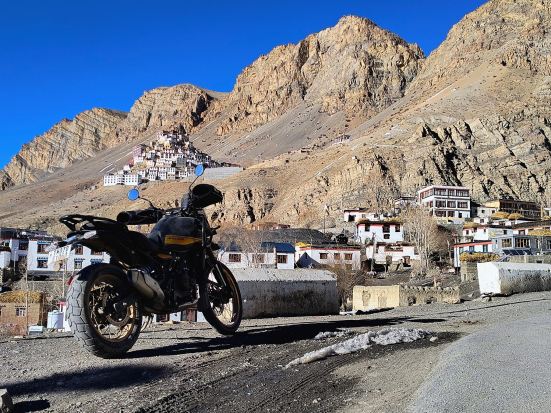
Where is Spiti?
It’s the southern part of the Lahaul & Spiti district of Himachal Pradesh. Unlike the green Lahaul, Spiti is a desert – much like Ladakh or Tibet. Major towns are Kaza and Tabo (both more than 3,500 metres above sea level), and all others are above 4,000 metres – Cheecham, Losar, Kibber, and Hikkim. Komic towers above all (at 4,587 metres, it’s the highest village in the world connected by a motorable road).
What does the word ‘Spiti’ mean?
It’s named after the Spiti river – a tributary of the Sutlej. The word also means ‘the middle country’ – lying between Tibet and Ladakh (or India).
How to reach?
There are two routes to Kaza. One is via Manali (185 km), but it’s closed from November to May, as it goes through the heavily-snowed Kunzum pass). The road via Shimla (420 km) is open most of the year – and the road to take if you want to see frozen waterfalls.
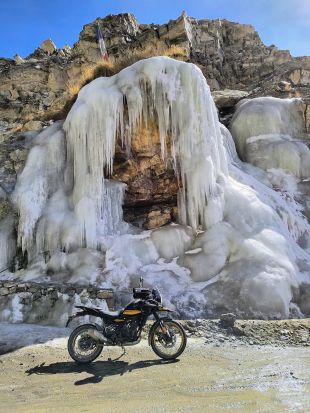
If you are an Indian national, you don’t need an inner line permit (ILP) – which was a requirement previously – but foreigners need to apply and carry an ILP (it can be easily done online or via a travel agent).
Where to stay?
Hotels and homestays in Kaza, Tabo, Kibber, and Cheecham are open the year round – most are basic and affordable (ranging from Rs 1,000-3,000 per night).
What to expect in the winter?
Expect extreme cold – so cold that it can freeze waterfalls or your bones. The maximum temperature I got during the day was -7°Celsius, and the minimum dropped to -23°C, I went in February, which is warmer than January. The most beautiful places in the world are the toughest to reach – so is Spiti, especially in the winter. It will freeze your hands but warm your eyes.
Expect ruptured blood vessels (especially hands or nose), and nose bleeding.
Expect discomfort – for example, water is a luxury and only for drinking (not usually for bathing or cleaning). Locals told me they take a bath once a month in the winter! Carry ample toilet rolls.
But also expect unreal beauty and a Martian landscape. Expect hot food everywhere (rice, dal and sabzi), as the locals have mastered the art of conserving heat. Expect deep blue skies (free of pollution). Expect sun tan. And if you’re lucky, expect snow leopards (near Cheecham or Kibber, as they come down from higher peaks during the winters).
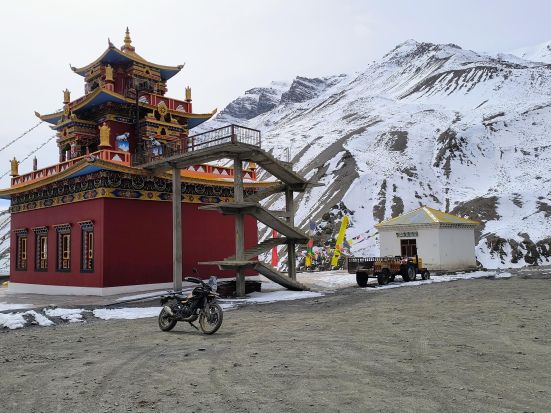
Lastly, also expect some sadness. Due to global warming, Spiti isn’t getting much snow, of late. Less snow means less water in the summers for the locals. I saw a group of villagers praying for snow – little do they know that ‘conspicuous consumption’ of the world is killing their beautiful land.
The next time you’re stuck in a traffic jam in Delhi or Mumbai – caused in part by unnecessary travel – remember that the fumes from your car could be melting away someone’s dreams, thousands of kilometres away.
A 550-year-old monk
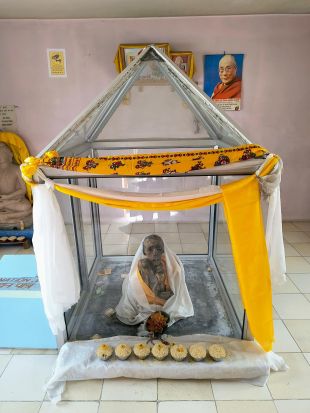
About 80 km from Kaza, on the Tibet border, sits Lama Sangha Tenzin – in a deep meditative pose, inside Gue Monastery. Carbon-14 dating has revealed that Sangha Tenzin died more than 500 years ago, while he was still meditating. Locals say he came from Tibet, and his body is the only example in India of natural mummification – it has been possibly preserved due to extreme cold and aridity of the area.

